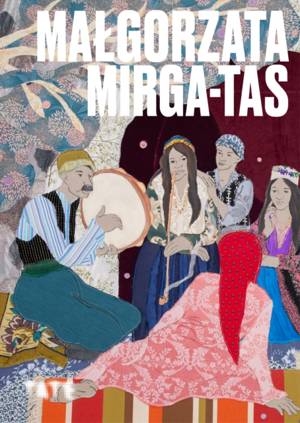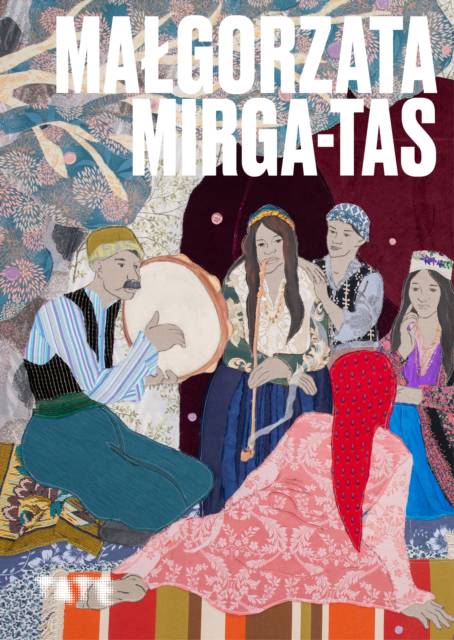
- Afhalen na 1 uur in een winkel met voorraad
- Gratis thuislevering in België vanaf € 30
- Ruim aanbod met 7 miljoen producten
- Afhalen na 1 uur in een winkel met voorraad
- Gratis thuislevering in België vanaf € 30
- Ruim aanbod met 7 miljoen producten
Zoeken
€ 16,95
+ 33 punten
Omschrijving
An insightful and much-needed introduction to the life and work of Malgorzata Mirga-Tas, a textile artist dedicated to celebrating the vibrant heritage of the Romani community.
Malgorzata Mirga-Tas (b.1978) is a Romani artist and activist who is best known for her colourful textile collages. Made from materials gathered from family and friends, and often created in collaboration with other women, these works depict the everyday life of the Romani people to challenge stereotypical representations and fo
Malgorzata Mirga-Tas (b.1978) is a Romani artist and activist who is best known for her colourful textile collages. Made from materials gathered from family and friends, and often created in collaboration with other women, these works depict the everyday life of the Romani people to challenge stereotypical representations and fo
Specificaties
Betrokkenen
- Auteur(s):
- Uitgeverij:
Inhoud
- Aantal bladzijden:
- 96
- Taal:
- Engels
- Reeks:
Eigenschappen
- Productcode (EAN):
- 9781849769655
- Verschijningsdatum:
- 30/11/2024
- Uitvoering:
- Paperback
- Afmetingen:
- 140 mm x 197 mm
- Gewicht:
- 216 g

Alleen bij Standaard Boekhandel
+ 33 punten op je klantenkaart van Standaard Boekhandel
Beoordelingen
We publiceren alleen reviews die voldoen aan de voorwaarden voor reviews. Bekijk onze voorwaarden voor reviews.








